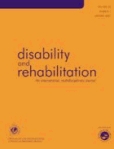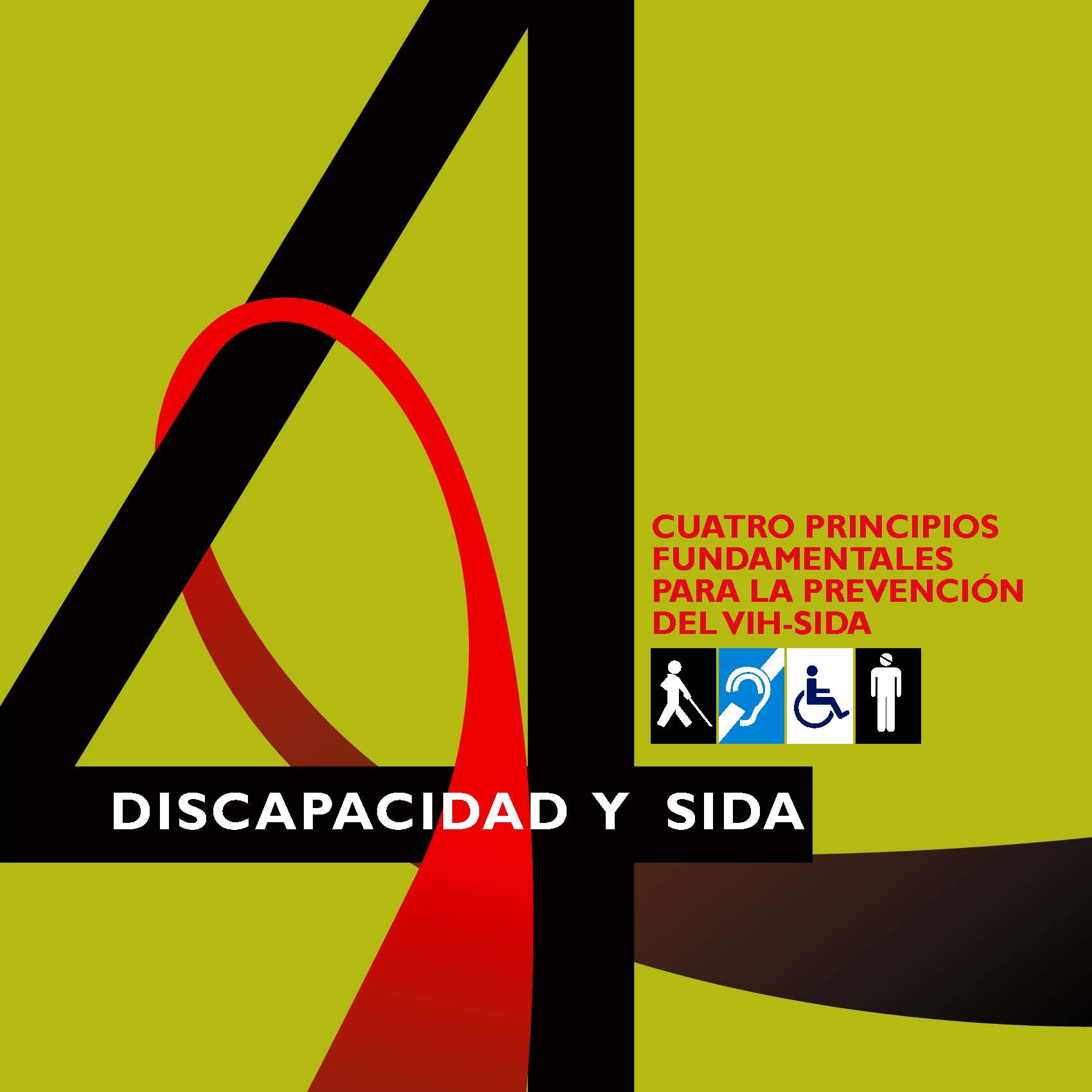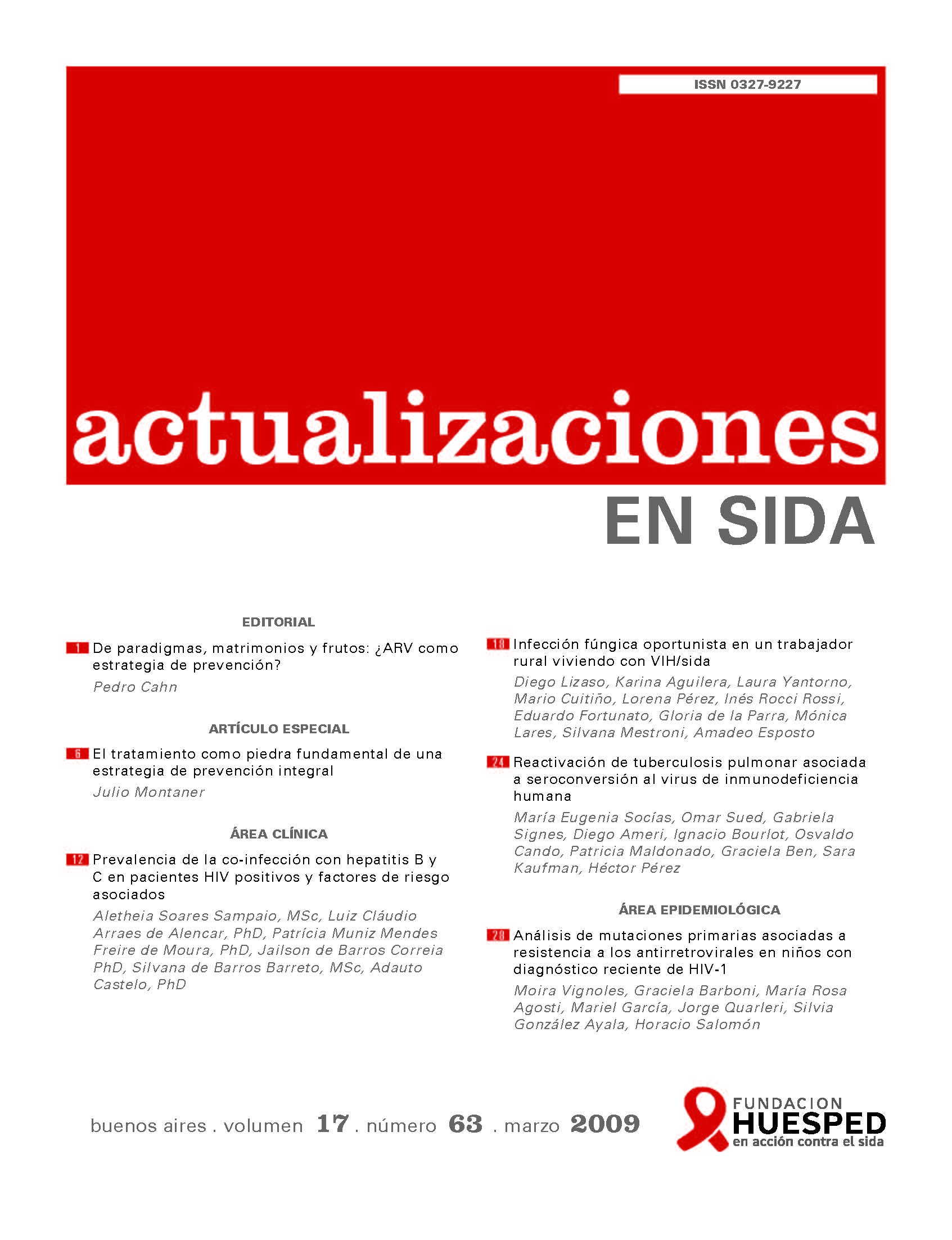Resumen
There has been significant progress around the world in recent years toward providing
universal access to HIV prevention, treatment, care and support programs. However, as the United Nations has acknowledged, such progress has excluded people with disabilities because of the lack of adequately targeted and accessible services for such persons. The global epicenter of the HIV pandemic remains in eastern and southern Africa. Half of all new HIV infections occur in these regions annually, and they are home to 17 million people living with HIV. It is increasingly recognized that persons with disabilities are often more vulnerable to HIV infection than anyone else because of their lower education and literacy levels, higher poverty, and greater risks of physical and sexual violence. Zambia has made important progress in scaling-up HIV prevention and treatment services over the past decade. However, more than 1 in 10 adults in Zambia are living with HIV, and 46 thousand adults and more than 9,000 children are infected with HIV every year. There are nearly two million persons with disabilities in Zambia, and like any other Zambian, they face a high risk of HIV infection. Yet, adults and children with disabilities have been systematically left behind in the national HIV response, with limited access to HIV prevention information and significant barriers to HIV testing and treatment. (Extraído del document)






